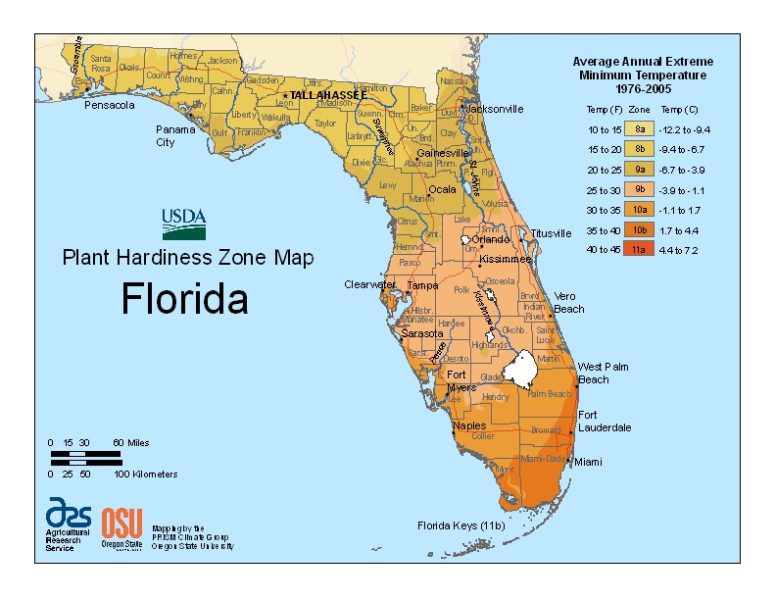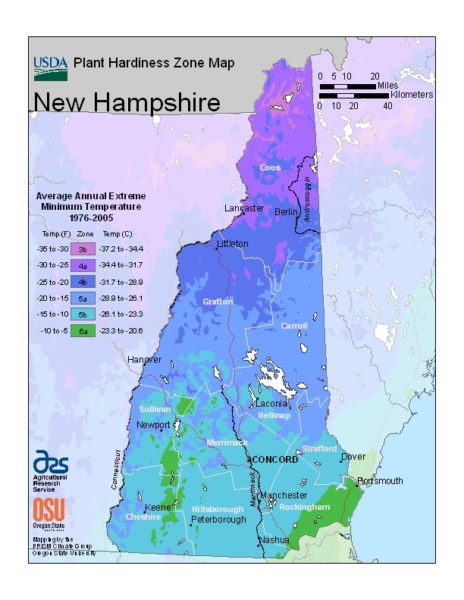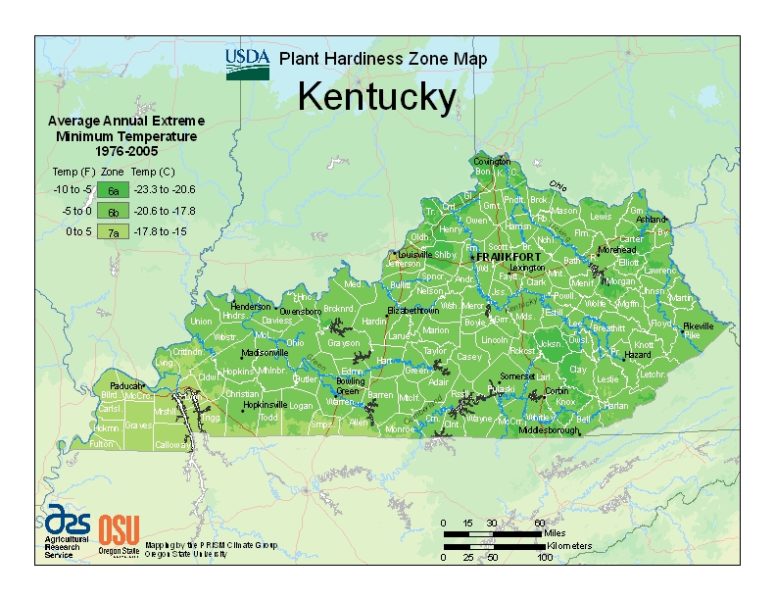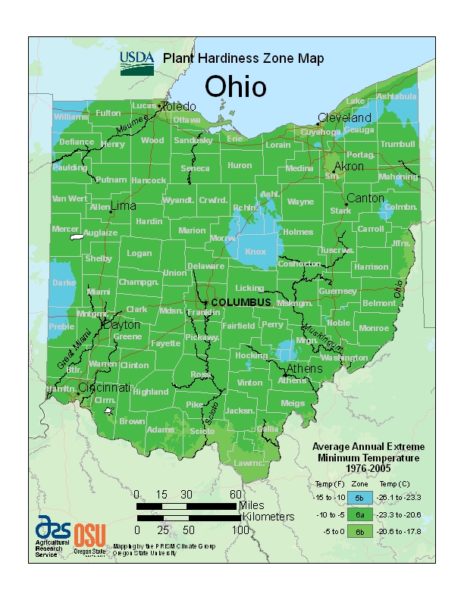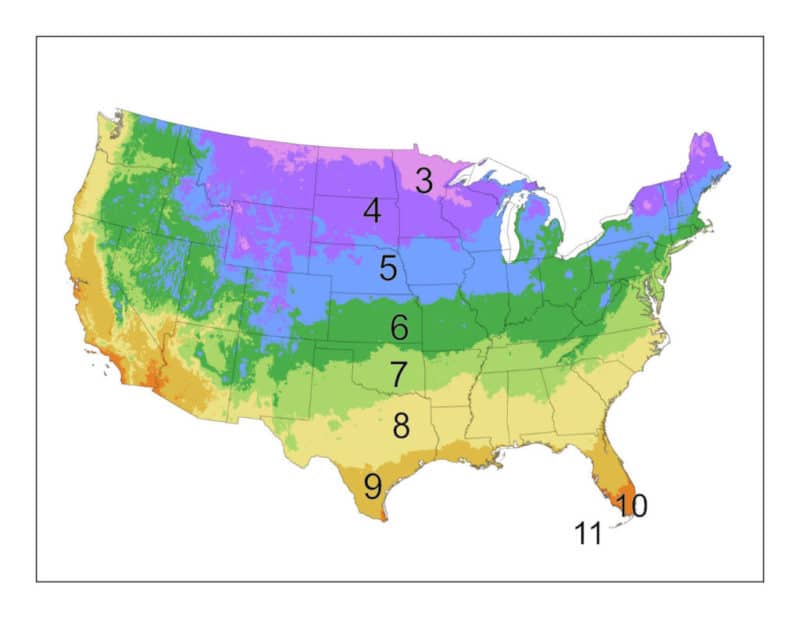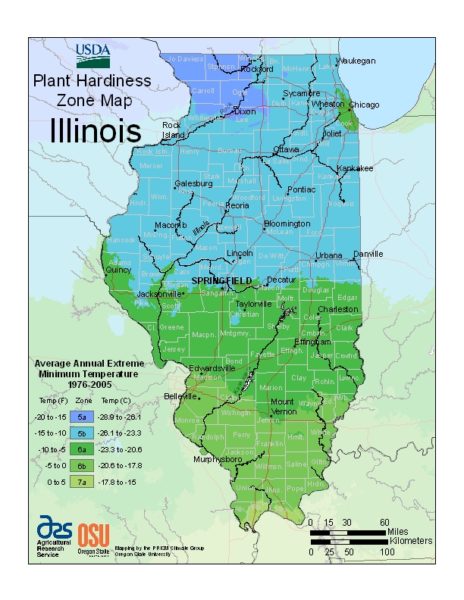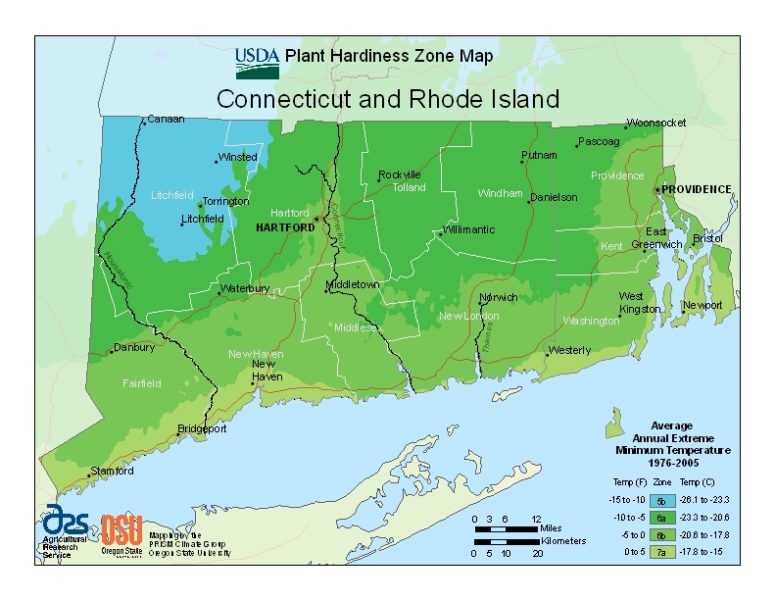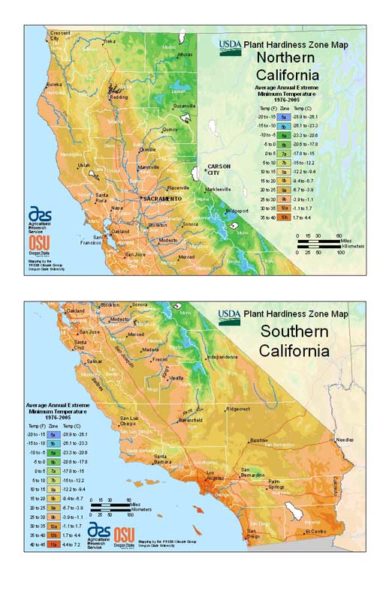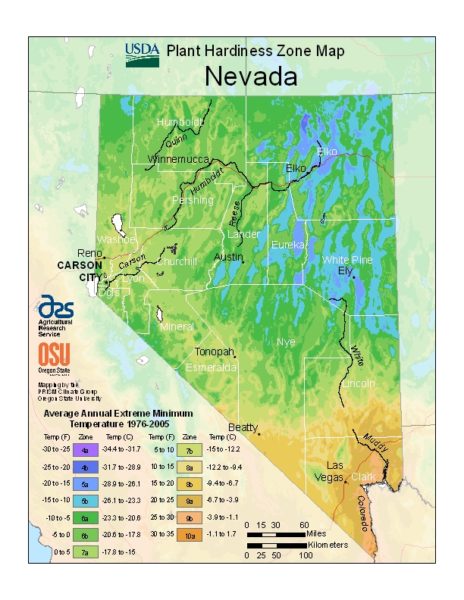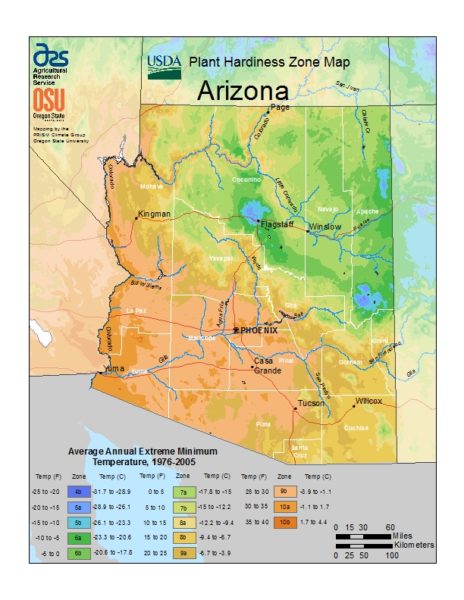Description
Peperomias are herbs of tropical and subtropical regions. Most of them occur in Central and Northern South America. Fewer species are known from Africa, Asia, and Oceania. Different endemic species are known from the islands of the Indian Ocean, the Pacific, and the Caribbean. Although a lot of Peperomias grow as epiphytes in rainforest habitats, others are succulents found in the high Andes. The etymology of the name Peperomia is based on the resemblance of its flower to Piper. The Greek translation of peper-omos means “pepper alike”. The genus Peperomia includes over 1500 species of which only a few are cultivated extensively. They vary considerably in appearance. Peperomias are widely used in dish gardens, bottle gardens and other environments where space is limited. They are slow growing, compact, and some species produce curious ‘rat tail’ flower heads made up of tiny greenish flowers on an upright spike. Peperomias can be used in any number of different ways, depending on the species and variety–as a pot plant, in terrariums, as small indoor shrubs, hanging baskets, and in some cases, complementing floral arrangements.
- Proper name: Peperomia caperata
- Very easy to grow
- Prefers bright, indirect light
- Water when dry
- Theresa Silver Ripple Peperomia – Easy to Grow Houseplant

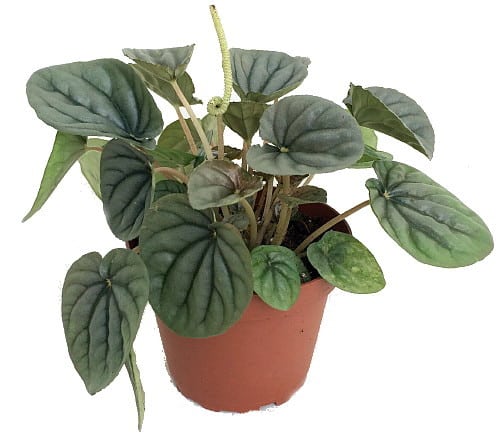
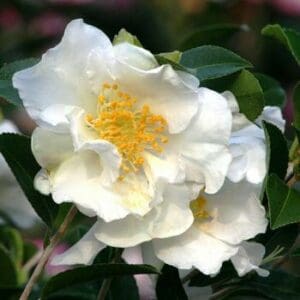
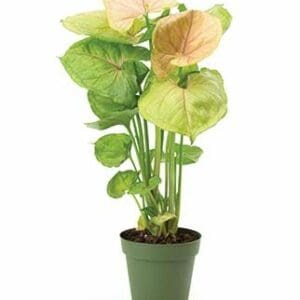


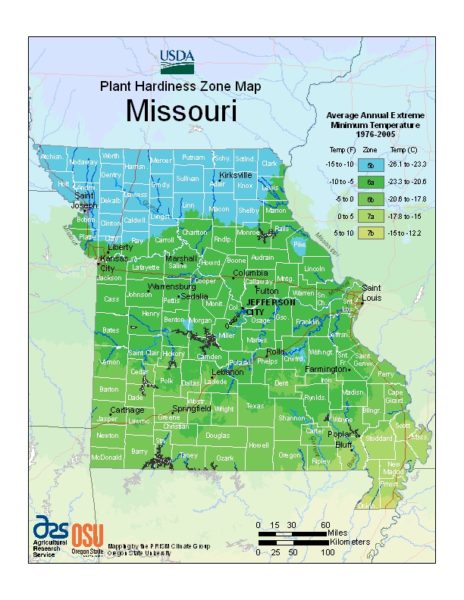

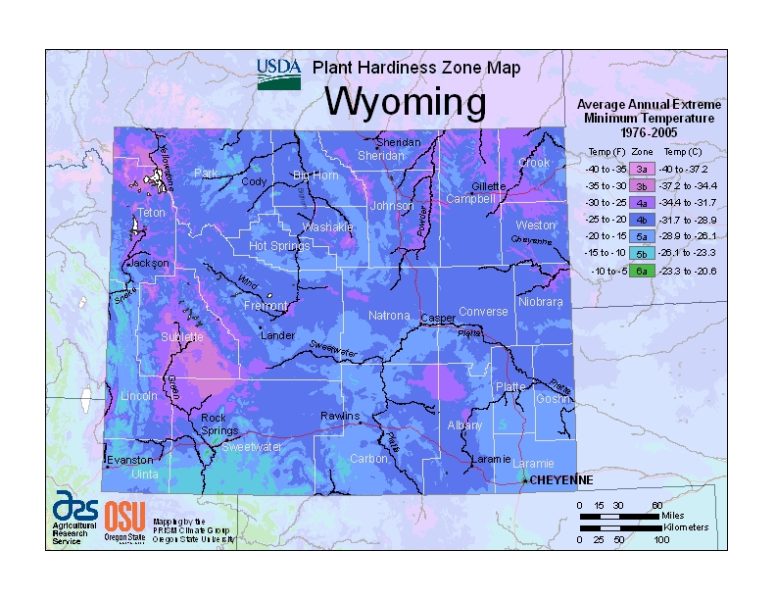





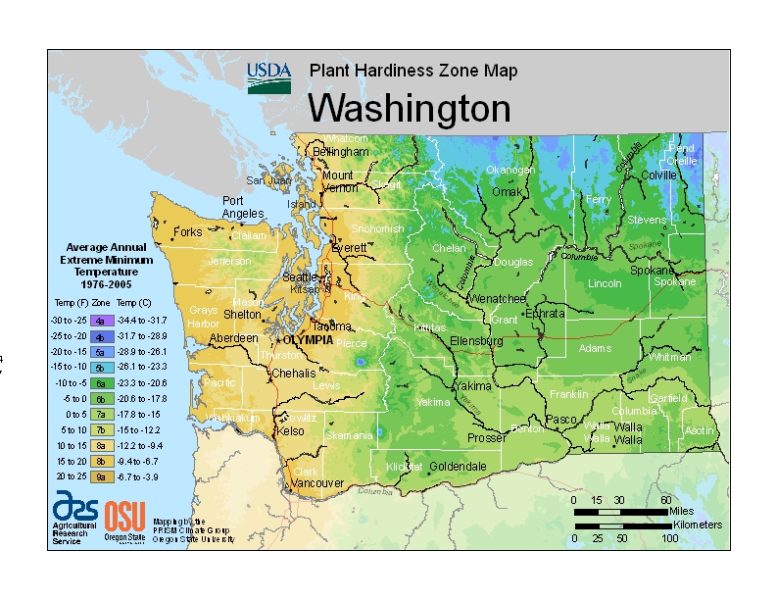
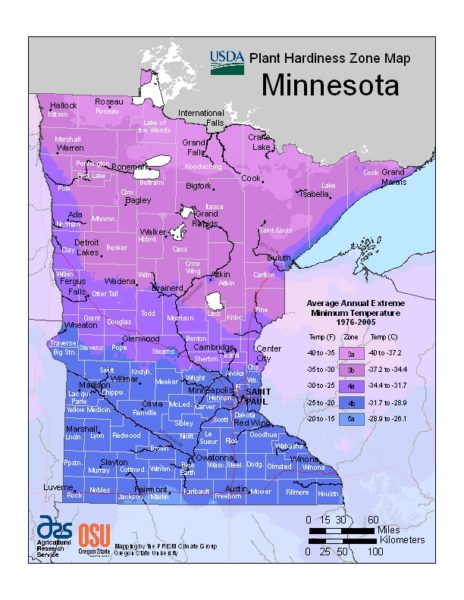





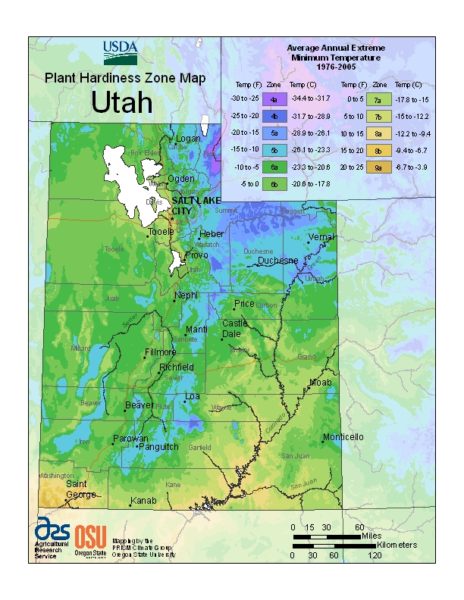
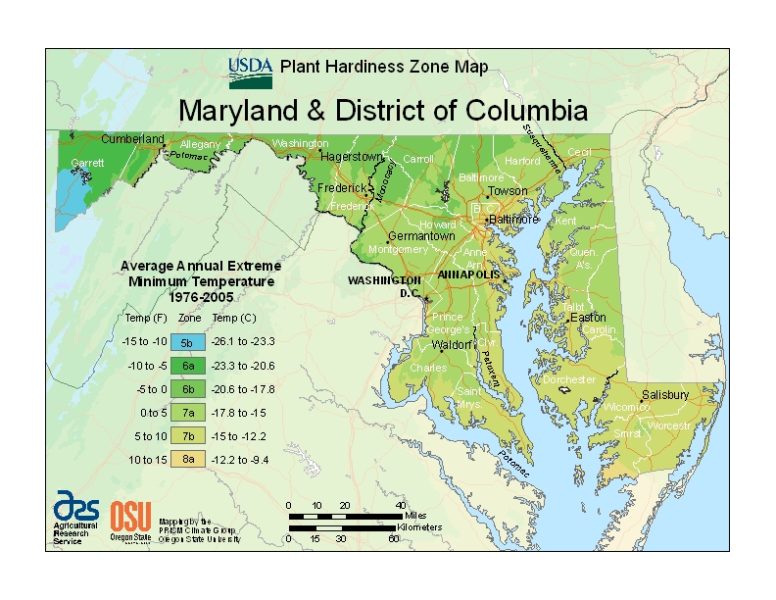





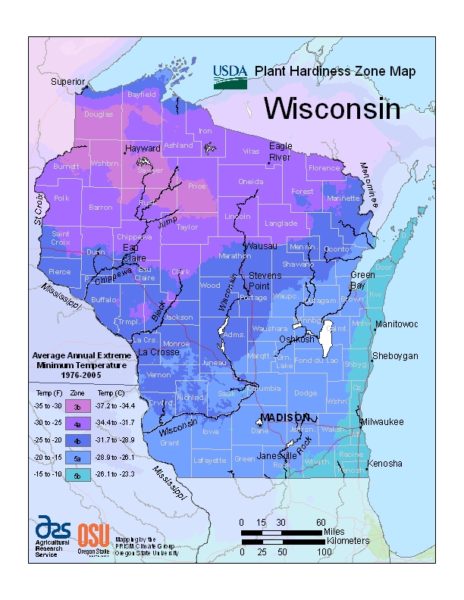 Wisconsin
Wisconsin